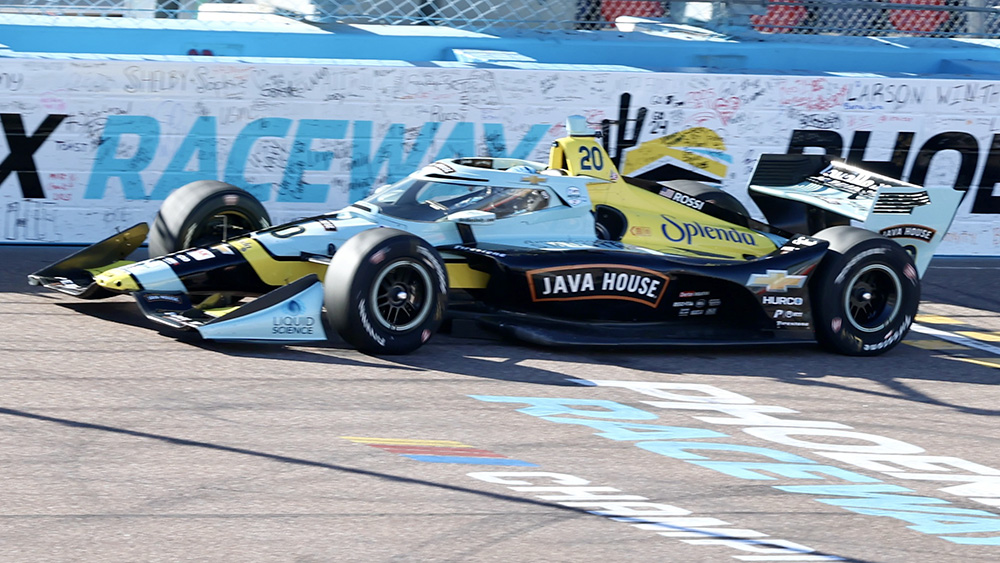Testing sometimes can be a necessary chore for NTT INDYCAR SERIES drivers and teams, but series veterans Scott Dixon and Alexander Rossi were downright giddy to have a chance to evaluate Firestone Firehawk tires Nov. 6-7 at Phoenix…

Testing sometimes can be a necessary chore for NTT INDYCAR SERIES drivers and teams, but series veterans Scott Dixon and Alexander Rossi were downright giddy to have a chance to evaluate Firestone Firehawk tires Nov. 6-7 at Phoenix…